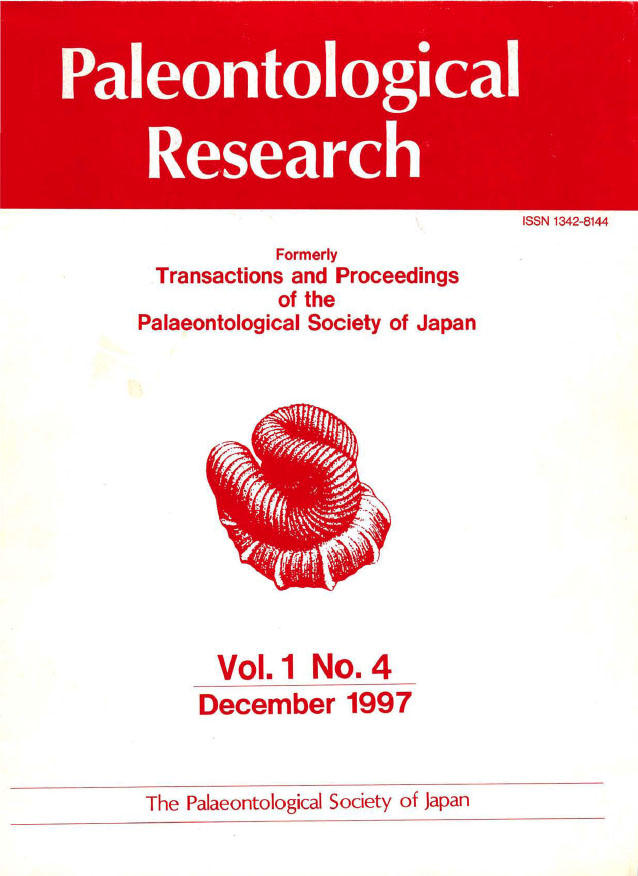
Photo from archive.org
Abstract. Eleven species of chemosymbiotic bivalves are reported from middle to late Miocene methane seep deposits (‘Calcari a Lucina’) in the Italian Apennines, including seven new species and one new… Click to show full abstract
Abstract. Eleven species of chemosymbiotic bivalves are reported from middle to late Miocene methane seep deposits (‘Calcari a Lucina’) in the Italian Apennines, including seven new species and one new genus. The new species are Bathymodiolus (s.l.) moroniae and B. (s.l.) miomediterraneus among the Bathymodiolinae and Archivesica aharoni, A. apenninica, A. strigarum, and ‘Pliocardia’ italica among the Vesicomyidae; specimens from the middle Miocene of Deruta are reported as Archivesica aff. aharoni. Samiolus iohannesbaptistae new genus new species is introduced for an unusual mytilid with a commarginally ribbed surface, which might be the first non-bathymodiolin mytilid obligate to the seep environment. The two large lucinid species from which these deposits derived their informal name ‘Calcari a Lucina’ are identified as Meganodontia hoernea (Des Moulins, 1868) and Lucinoma perusina (Sacco, 1901). With Chanellaxinus sp., we report the first thyasirid from a Neogene deep-water seep deposit in Italy and the first fossil occurrence of this genus.
Journal Title: Paleontological Research
Year Published: 2017
Link to full text (if available)
Share on Social Media: Sign Up to like & get
recommendations!